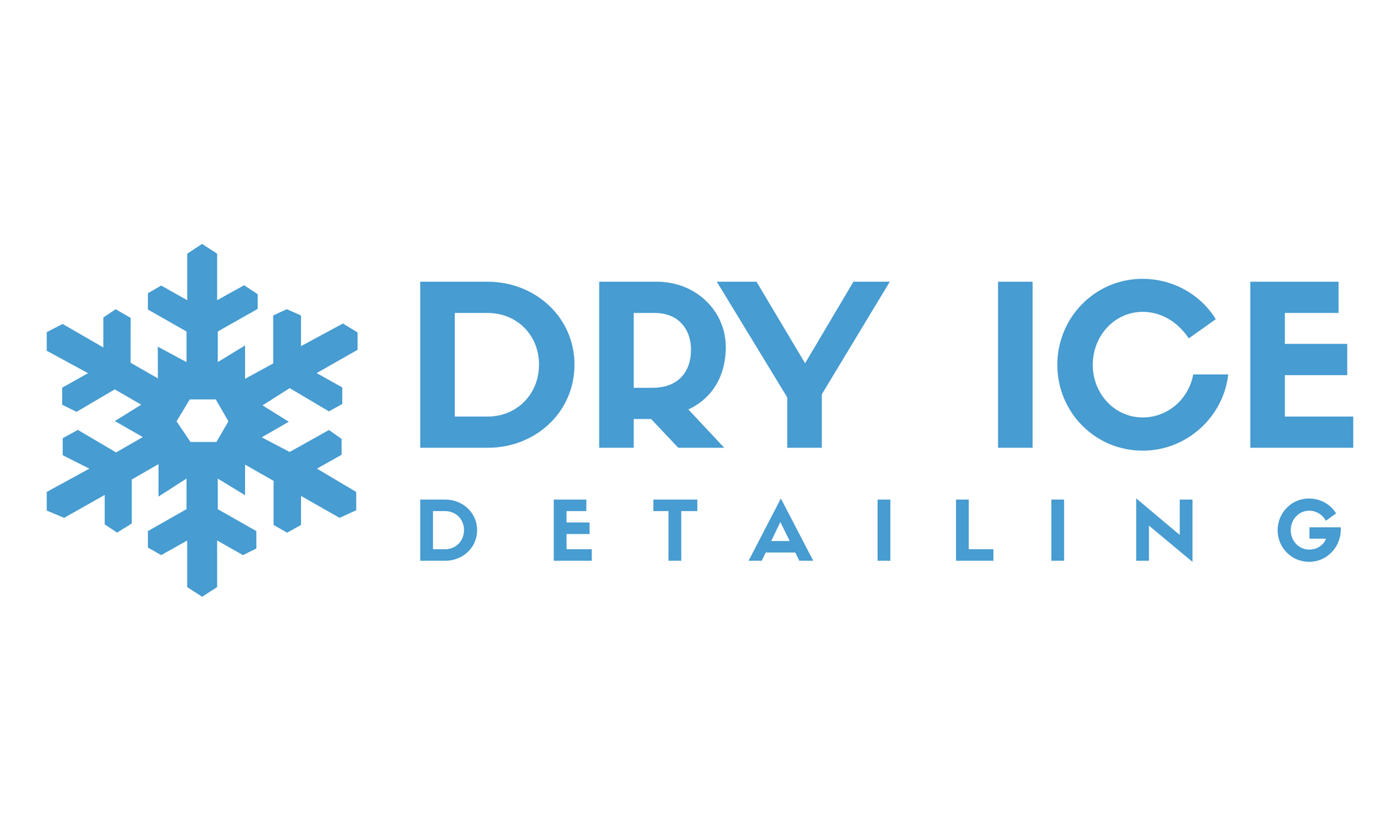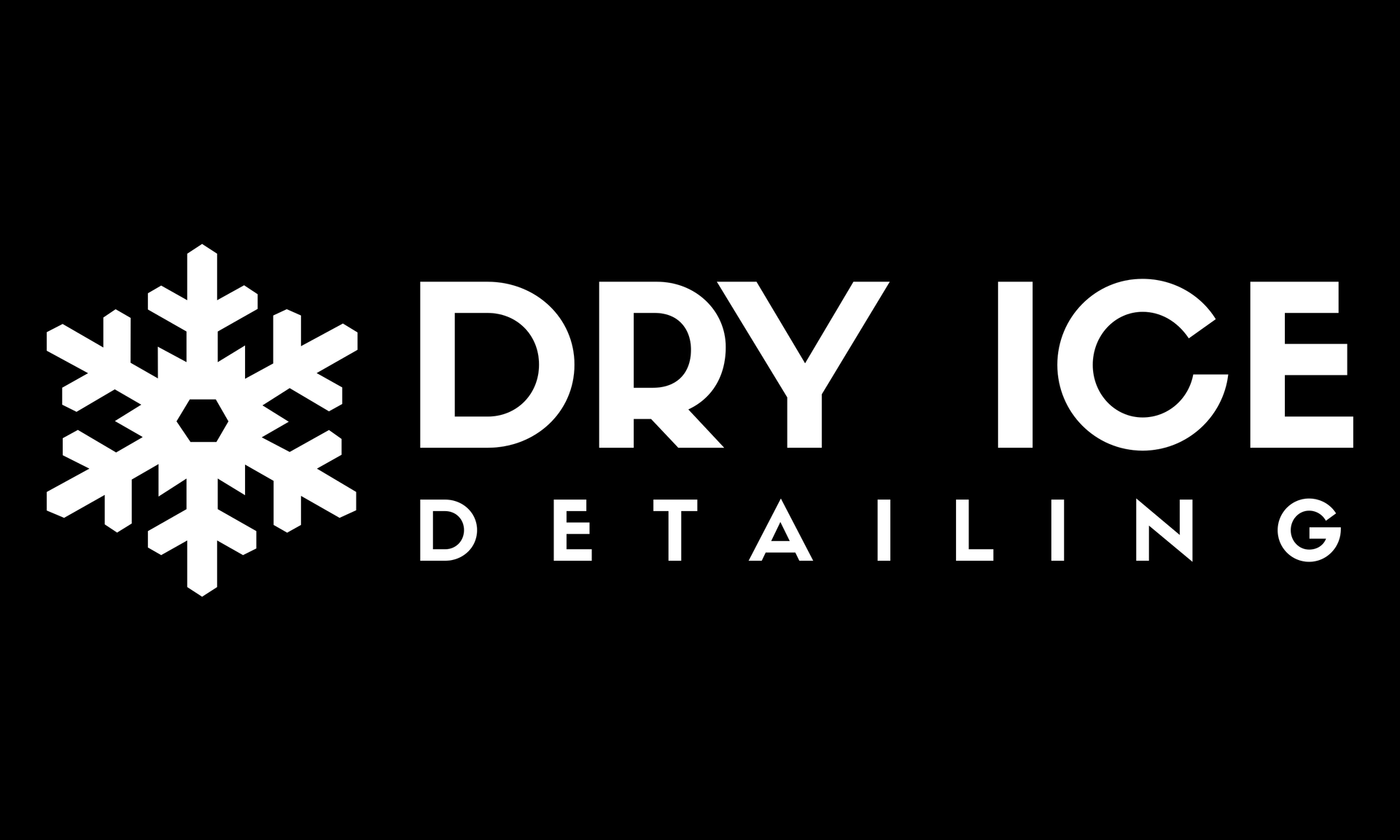
FAQs
List of services
-
Is dry ice cleaning safeItem link List item 1
Yes - Surface cleaning with dry ice isn't just safer than chemical cleaning—it's also quicker, due in large part to its lack of residue. After each micro-explosion, the resulting CO2 gas dissipates into the immediate atmosphere, creating no solid or liquid waste residue.
-
Does dry ice cleaning damage paintworkItem link List item 2
Dry ice cleaning will not damage paintwork that is soundly adhered to its substrate. The dry ice pellets we use are ideally suited for removing contamination without damaging even delicate paint. If the paintwork is flaky, such as around rust, then parts of it may be blasted off.
-
Does dry ice cleaning remove rustItem link List item 3
Yes and No: Dry ice blasting alone is non-abrasive but can remove light loosely adhered rust, surface rust, oxidation, and salts (SP 6), but it will not remove deeply adhered or pitted oxidation. Due to the non-abrasive characteristics of dry ice, it is not aggressive enough to create a profile or a white metal finish.
-
Is dry ice blast safe on interiorsItem link List Item 4
Yes. Dry ice is great for automotive and marine interiors too. Staining, mould, and smells can be removed without rubbing and are completely chemical-free and gentle on your seats, cushions, and roof liners. On top of that, the method of blasting with dry ice is anti-bacterial and removes fungi.
-
What smell does dry ice leaveItem Link
Dry ice is the solid form of carbon dioxide (CO2), a molecule consisting of a single carbon atom bonded to two oxygen atoms. Dry ice is colourless, odourless, and non-flammable.
-
What is the temperature of dry ice cleaningItem Link
The cold temperature of -79°C
-
What happens to dry ice when exposed to air?Item Link
Frozen carbon dioxide (dry ice) sublimates directly into vapour. When working with dry ice, it is used in a well-ventilated area and safely used and stored correctly.
-
How long does dry ice lastItem Link
Depending on how it is stored and the time of year, i.e., the weather temperature, it can last anywhere from two days to three. We order in our dry ice on a next-day delivery basis for your booking and take a non-refundable deposit to cover the dry ice order ready for your booking slot.
